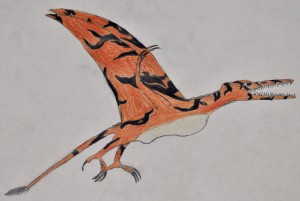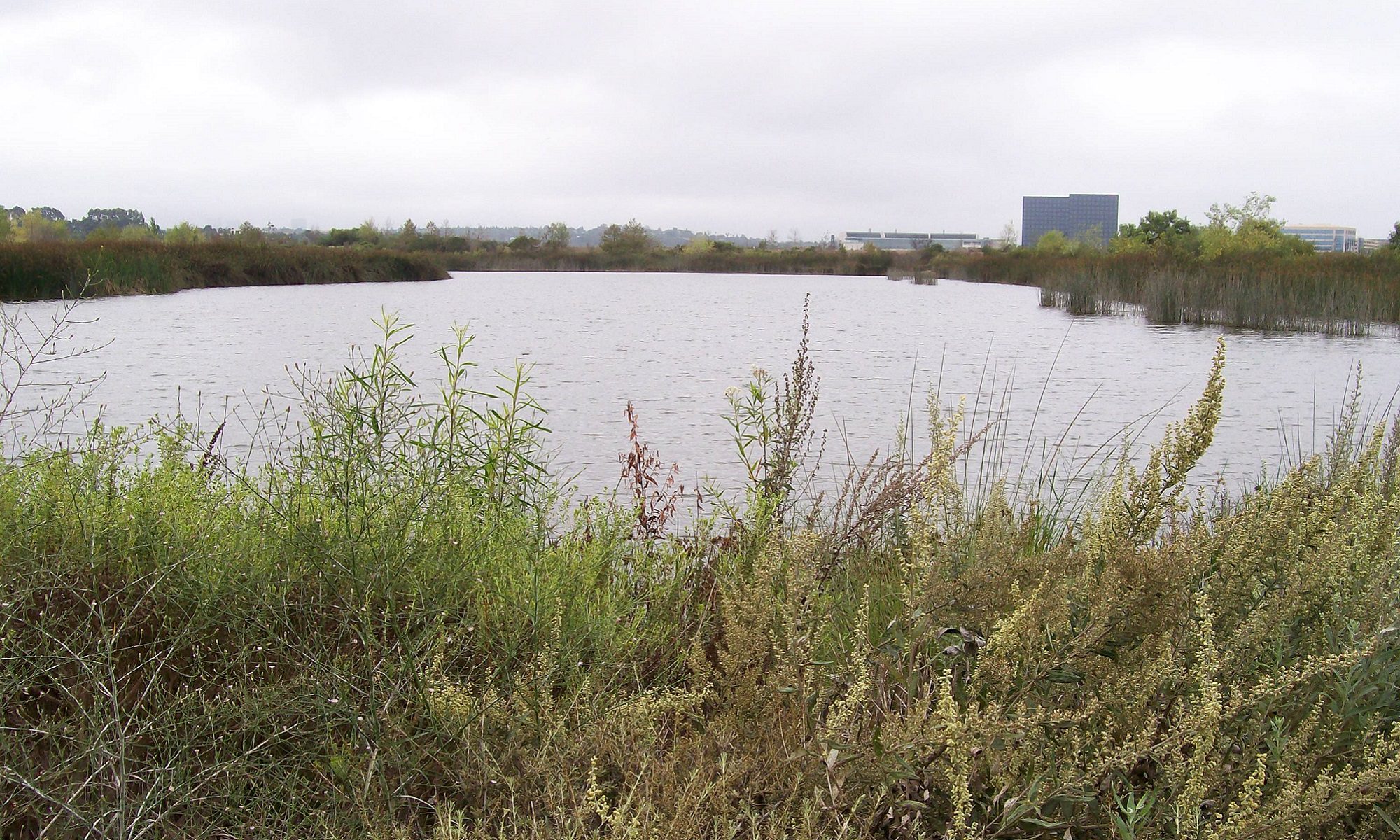 Aaron Tullock would sometimes play in the woods and swamp near his grandparents’ house; he and his friends would often look for animals there. But this day was different, for Aaron was alone, and the animal he encountered on that late afternoon in 1995 was different.
Aaron Tullock would sometimes play in the woods and swamp near his grandparents’ house; he and his friends would often look for animals there. But this day was different, for Aaron was alone, and the animal he encountered on that late afternoon in 1995 was different.
Fortunately the eight-year-old was not in the swamp but in the yard, waiting for his mother to come out. Something strange flew out of the swamp while Aaron’s back was turned. It flew just over his head, stopping in mid-air to hover for awhile. The boy knew it was not a bird or bat that he was staring at. There were not feathers, so it was no bird; it had a long tail, so it was no bat. He knew what it was but was shocked: a pterosaur!
I interviewed Aaron (now a young man) earlier this year, by emails. I have been impressed by his credibility; he seems to be telling the truth, notwithstanding the strange coloration of the creature: bright orange mixed with black. The long tail had a flange at the end. The head had no crest, at least not like other creatures seen by other eyewitnesses in the United States; it did have a “kind of a longish bump on the back of the head.”
Aaron sent me a copy of the report that he had previously sent to another cryptozoologist, including, “it turned back west and started flying, it first went up about fifty feet and then forward towards the sunset. Then I just stood there because I knew what I had just seen. My favorite thing as a child was dinosaurs and I watched specials on them virtually every day . . .”
More about the Texas Pterosaur
Do not confuse this sighting with the one by another child (a girl) in Texas in 1995


